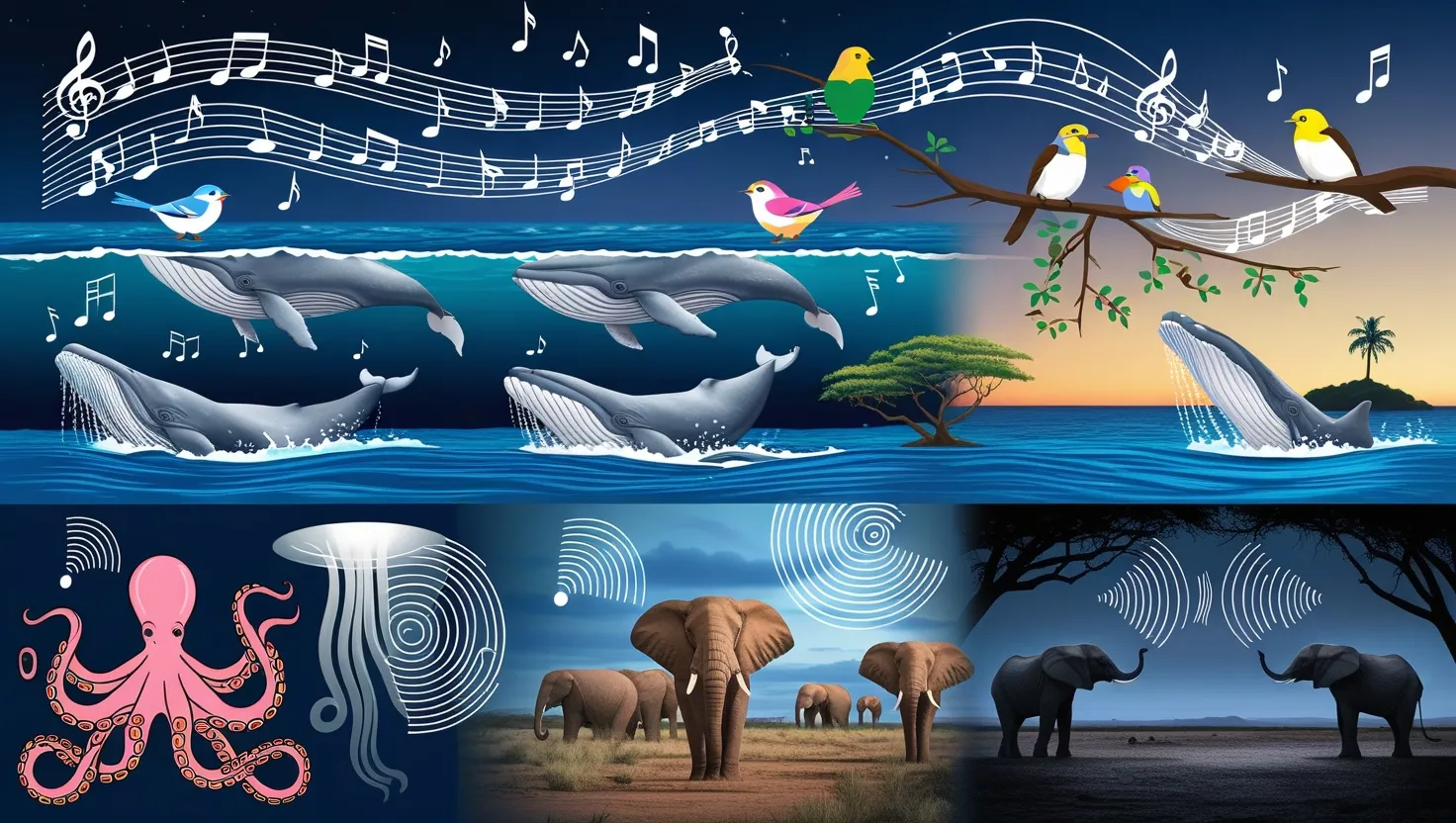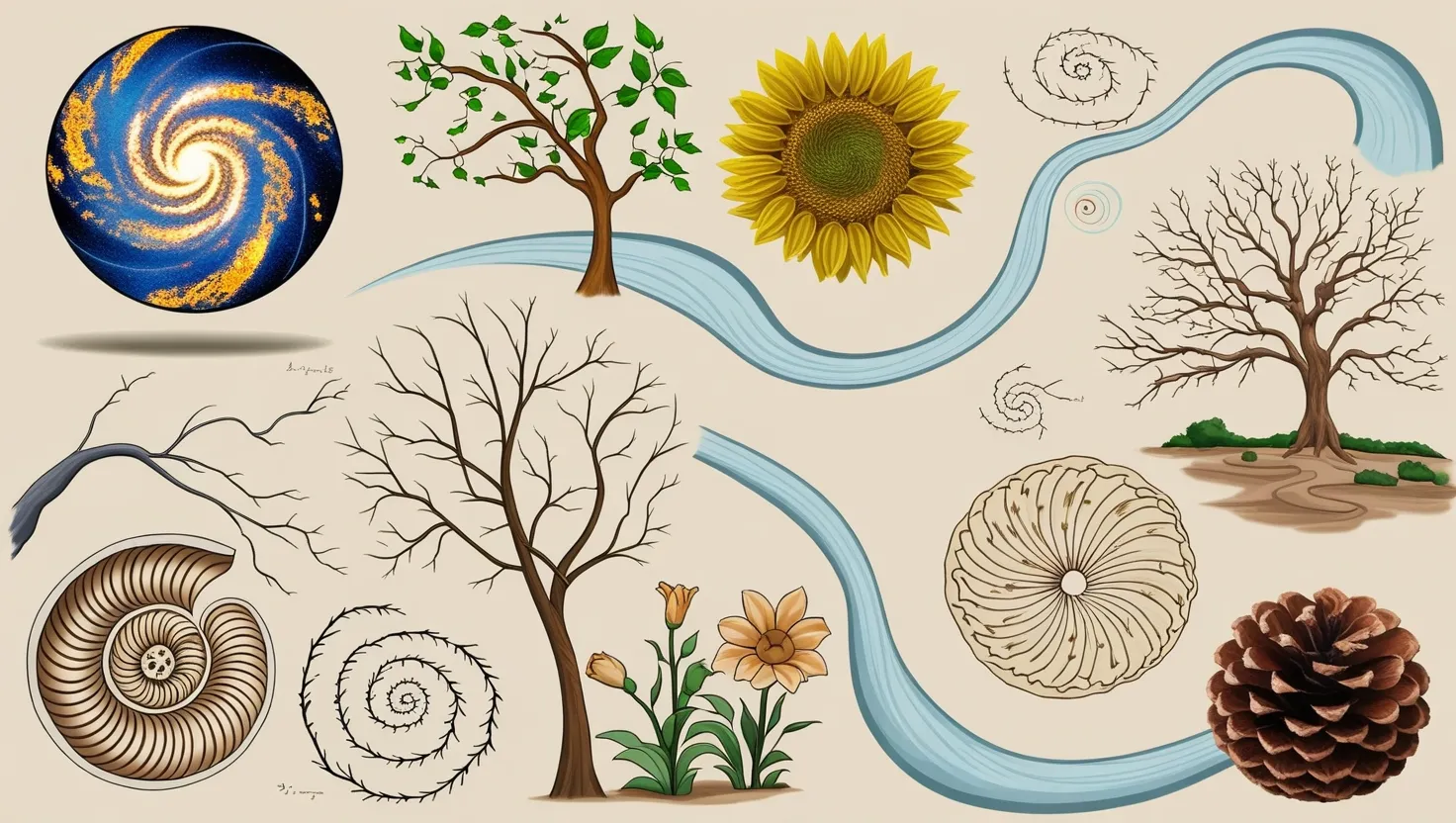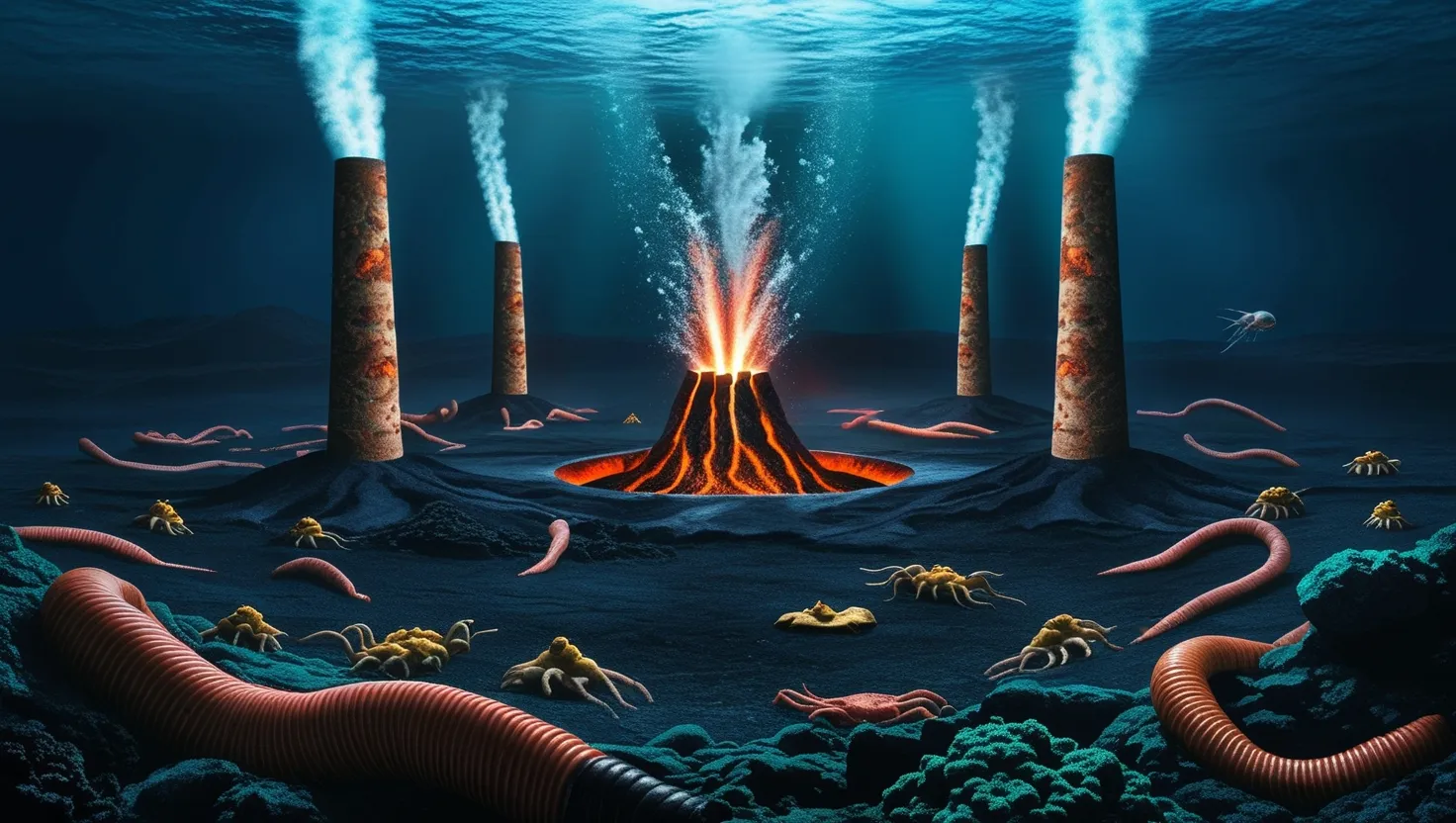Animal communication often feels like standing at the edge of a vast ocean at night, straining to catch meaning in the voices that swirl beneath the surface. Even after decades of research, many of the ways animals share information remain beyond our grasp, leaving us more with questions than answers. This mystery isn’t just a scientific curiosity—it challenges how we think about intelligence, language, and consciousness itself.
Take whales, for example. Their songs ripple for thousands of miles across open water. I’m fascinated by how these sounds aren’t random—each population has its own song, which gradually changes over time. Some researchers believe these vocal patterns can spread between distant pods, evolving like musical memes. But are whales telling each other stories, negotiating alliances, or simply showing off? The truth might be stranger than any of these options. Observing whales, I often wonder: are their songs a language or something richer that we still can’t conceptualize?
What interests me even more is the way these complex songs aren’t just about reproduction or navigation. Some researchers suspect they may share detailed social information, perhaps even individual names or emotional states. Yet so far, attempts to decode whale songs fall short of delivering a dictionary. There’s always more there than we expect, hidden beneath sound waves beyond our reach.
Birds present another puzzle. Certain species use calls structured by a primitive grammar—syntax—meaning that the order of notes changes the message itself. If a bird sings a certain phrase, its peers act one way; shuffle the order, and their response shifts. This isn’t just animal noise—this is rules, structure, even creativity. Songbirds like the Japanese tit are known to combine notes into different patterns, altering behavior in their group. That’s not far off from the way humans build language, and challenges old ideas that animal communication is rigid or simplistic.
It’s worth asking: do these birds think about their words? Or do patterns emerge instinctively? As science edges closer to answers, the line between thought and instinct blurs. I find myself thinking about the boundaries of language and wondering if human speech, too, is shaped by biological imperatives we scarcely notice.
“Science has not yet taught us if madness is or is not the sublimity of the intelligence.” — Edgar Allan Poe
Octopuses—those odd, alien creatures—add a visual twist to the puzzle. Imagine communicating by rapidly flashing color and altering skin texture. Octopuses use these displays in everything from warning off rivals to blending in with rocks, but some evidence hints at complex and intentional signaling between individuals. I sometimes imagine two octopuses on the ocean floor, conducting a silent, high-speed conversation—like chat messages in a language fully visual, not spoken.
Is this color language intentional? Some scientists argue it’s mostly reactive, a byproduct of stress or excitement. But others point to controlled, directed displays—like the selection of particular patterns when facing other octopuses—implying something conscious and communicative. Could we decode this “screen” of skin the way we read words? Or would the meaning always slip past as fast as the color changes?
This leads me to elephants, sometimes called nature’s low-frequency broadcasters. Their infrasound rumblings travel miles, reaching far-flung members of the herd. I have watched elephants standing quietly, feeling vibrations through the ground and responding to calls no human can hear. The ingenuity of their communication system—built for open savannahs, packed with nuance—remains hard for us to crack. What exactly gets said across those distances? Are elephants organizing reunions, warning of dangers, sharing feelings? Some studies suggest distinct meanings for different rumbles, signals that orchestrate vast, tightly knit communities.
“Until one has loved an animal, a part of one’s soul remains unawakened.” — Anatole France
Elephants coordinate everything from group movements to emotional support across kilometers of terrain, connecting through waves completely invisible to us. What’s more, their communication sometimes seems to express empathy or grief, even planning several moves ahead. All of this set against the challenge: humans still struggle to interpret elephant talk, because so little of it is audible.
Then there are bats. Amid the darkness, bats converse with an etiquette reminiscent of human dialogue. Their calls aren’t random; bats take turns, responding and adjusting their “sentences” based on what the other has said. It’s extraordinary to think creatures hanging upside down in caves, flying at high speed, are capable of structured exchanges and social rules. But why do bats bother with turn-taking in pitch black? Could it be a way to avoid confusion in crowded spaces or to preserve group harmony?
Studying these bat exchanges closely, you notice how individuals will pause, listen, and only speak when the group is quiet—like a dinner conversation without the table. The nature of these vocal rules—their intentions, their complexity—remains largely a mystery. Still, the comparison to humans feels natural and raises a compelling question: What is needed for conversation? If bats can manage it, perhaps dialogue is an ancient evolutionary accomplishment, not uniquely human.
“If you want to understand how humans began to communicate, first learn the language of the animals,” said Desmond Morris. This statement sticks with me, not only because it’s poetic but because it may be correct. The animal world hints at shared roots for language, rules, and meaning.
But stepping back, there’s a temptation to anthropomorphize—to see ourselves in every call and color flash. Some experts warn that “projecting our cognitive structures onto animals may blind us to their true modes of thought.” Could some whale songs, for instance, blend signal, emotion, and social negotiation in a way that resists straight translation? Are octopus flashes more like feelings than words? Perhaps there’s a whole spectrum of communication, with animal signals sitting outside our usual models.
This brings up another unconventional angle—what about telepathy? While mainstream science is cautious, there are researchers exploring whether animals share information in ways beyond our five senses. Anecdotes abound: dogs knowing when owners are on their way home, birds seeming to act in synchrony, herds responding instantly to subtle shifts. Is there a mechanism for silent transfer of intent or feeling? I don’t endorse everything in these accounts, but it’s worth keeping an open mind when phenomena repeatedly defy easy explanation.
Do animals possess consciousness as we understand it? Some discoveries—like naked mole rats showing individual recognition by vocal dialect—suggest layers of awareness we didn’t expect. Are dialects chosen consciously or fixed by environment? Do these rodents “know” who they are talking to? These are the kinds of questions that keep the scientific debate lively, and sometimes challenge ideas about what it means to be a thinking, feeling creature.
Animal communication also tests our understanding of intelligence. Dog and pig studies illuminate just how specialized these abilities can be. Not all social animals use referential gestures; some focus on direct problem-solving instead. Is communication tied to social structure, or does it arise from other pressures? Why do some species develop languages (or near-languages), while others remain silent?
“The greatness of a nation and its moral progress can be judged by the way its animals are treated.” — Mahatma Gandhi
As technology advances, tools like machine learning, long-range acoustic sensors, and high-speed cameras inject fresh possibility into these mysteries. We get closer to mapping out the syntax of birds, the color codes of octopuses, and the precise meanings of low-frequency rumbles. Yet each answer opens new questions. What happens when we learn to talk back?
I am continually reminded that the real story of animal communication is about the limits—and promise—of human understanding. By staying curious and humble, we may not just learn new facts, but challenge the borders of knowledge itself. After all, how much of reality is shaped by the signals we fail to detect? What if the world around us teems with messages as varied and sophisticated as our own?
These mysteries of whale song, bird grammar, octopus color, elephant infrasound, and bat conversation prompt me to listen closely—to question, wonder, and never presume simplicity. The challenge is ongoing and worth every effort. Are you listening too?






